The Usual Suspects Textual Analysis
The opening scene to ‘The Usual Suspects’ begins from a
black screen to a match lighting a few more matches- clearly this foreshadows
the relevance of matches in the sequences’ plot. This specific use of prop is
dynamic to the Thriller genre, being iconic in the way that they bring light to
the plot- and light to the actual sequence. Furthermore, the single presence of ambient
sound brings an eerie vibe to the scene, foreshadowing a shock event which will
take place- creating an enigma for the viewer to think about. Additionally, the
close up on the matches further signifies their importance, and an enigma
emerges as we wonder who this character is- who is he that is smoking in this
situation? An exposition shot occurs at a close up of some leaking barrels in
the scene, leaking what the viewer can assume to be oil- connecting the matches
and the liquid together. The tilting shot exposes further, showing to the
viewer that it is indeed oil that is leaking- and that it’s flammable.
Moving to a medium shot we see the character fully, sitting
on the floor like a homeless person would on the street. Perhaps that’s what
has happened to him in the story, he was made homeless and is now stuck in a
precarious situation? He enigma created here can see that this character is
somewhat central to the storyline. As the character we see lazily throws the
cigarette he was smoking on the flames- perhaps in a defiant action- we hear
the sounds of flames rise- this crescendo of the diegetic sound implies that
the characters will meet their fate by flame.
Suddenly, the flames are put out by another strange liquid-
this time clearly a man’s urine. The tilt upwards, a tilt to another level of
the setting, reveals a man in a coat- dark as the surrounding areas. We can
clearly get the vibe of this character being the antagonist, being so blatant
in his actions of filth. Furthermore, by the composition of this shot we can
clearly understand his power over everyone in the sequence- further proven by
the angle of the shot; where we have to look up at him. As we cut back to the other character, who
has changed facial expression to one of utter loss- as if giving himself completely
to the other character.
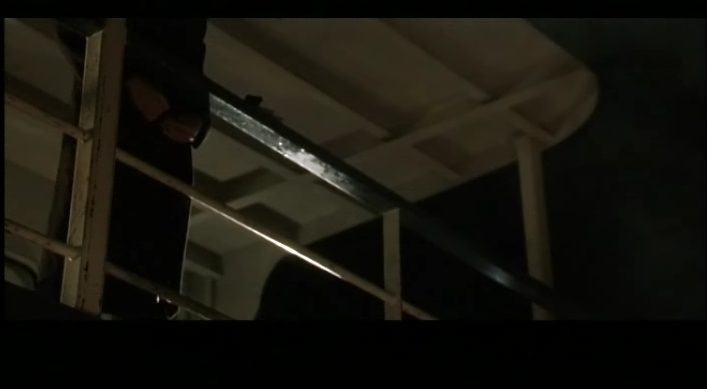

Throughout the scene we see dead bodies littering the floor,
and as the antagonist walks past one with no change in body movement, we can
establish that they were the killer- however this creates the enigma of what is
going to happen to the man we first saw; will he be killed as well? As the
antagonist lights a lighter he brings it to his head, however the camera
doesn’t change and it remains focused on the characters central body, still not
revealing the characters face. This use of mystery further shrouds the scene;
with the viewer’s left wondering who this cloaked man is.

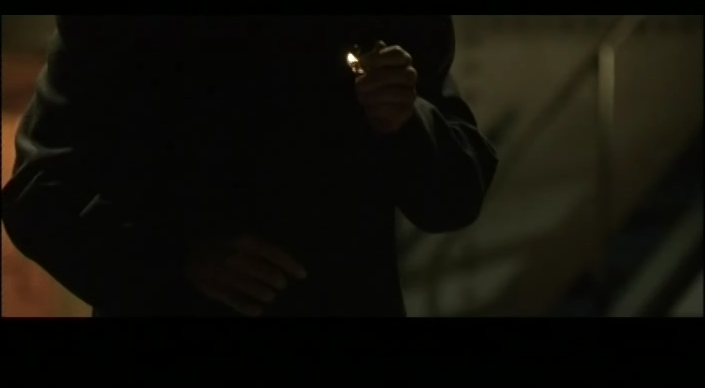
A short dialogue sequence is exchanged and as we hear the antagonist’s
voice it is the stereotypical villain voice: croaky and crooked, with a
malicious intent. With the revelation of
a gun being hidden by the antagonist we now know what is likely to happen to
the other character and as the antagonist points the gun we cut to an extreme
long shot of the setting- a boat.
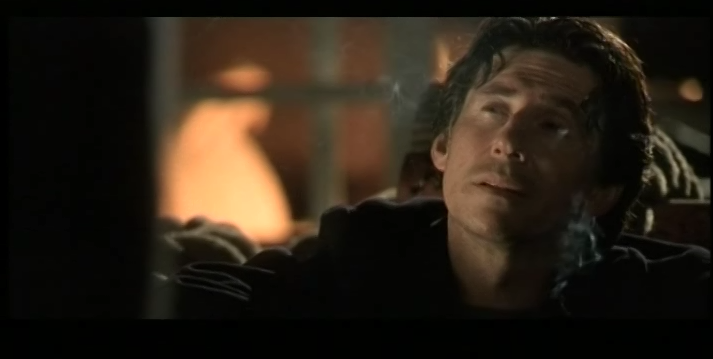
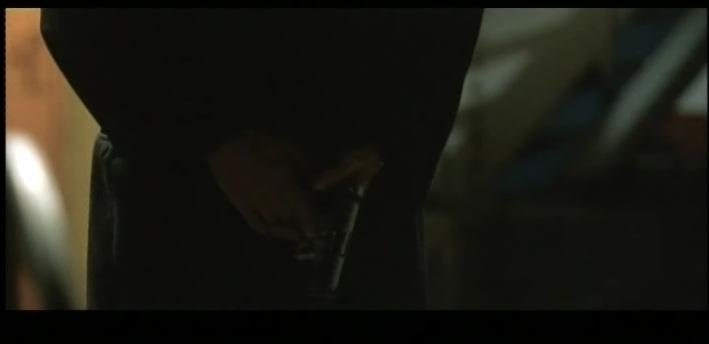
This cut to the extreme long shot creates a large enigma,
with the diegetic sound of the gun shot twice, with three cuts to the outside
setting. We are left wondering what happened inside the boat, as we didn’t see
what happened- just what we heard. We are left speculating if the character
really died- if he was even shot at all. The soundtrack at this point is quiet,
so we can effectively hear the silence that surrounds the boat. This ‘silence’
can reflect that the character was the last person who knew something about the
antagonist.
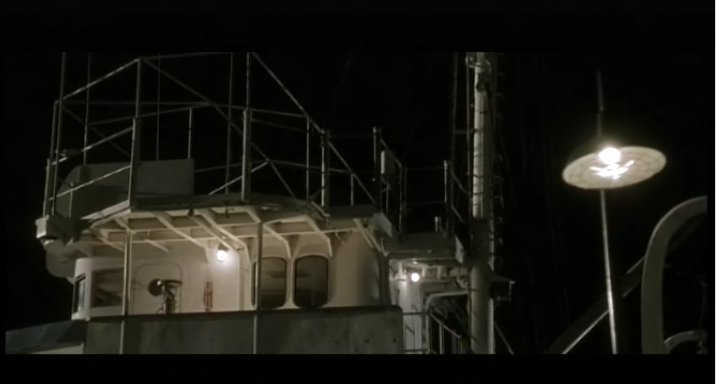
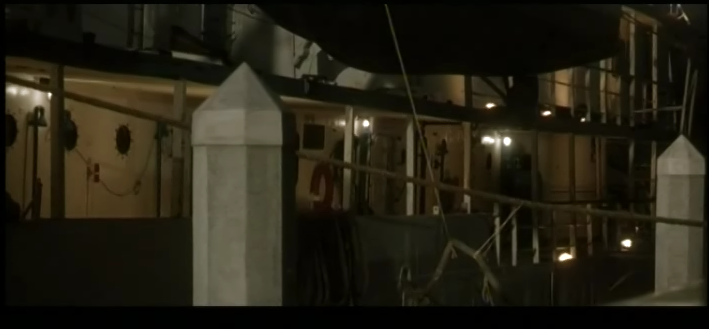

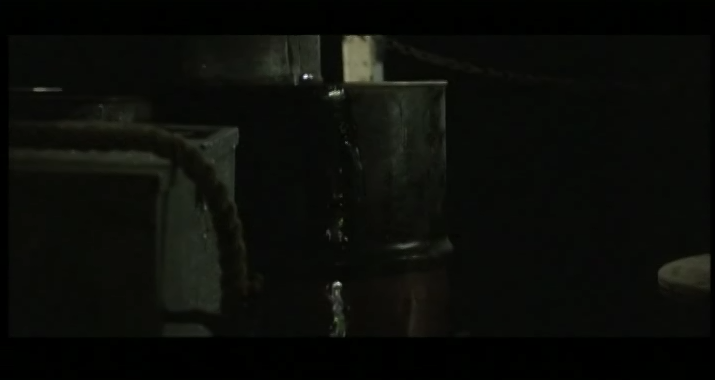
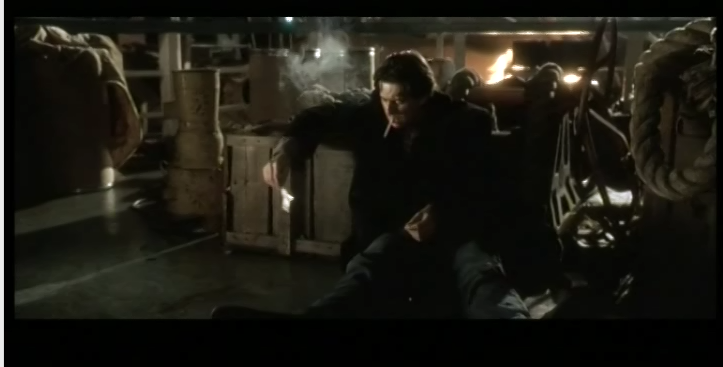
No comments:
Post a Comment